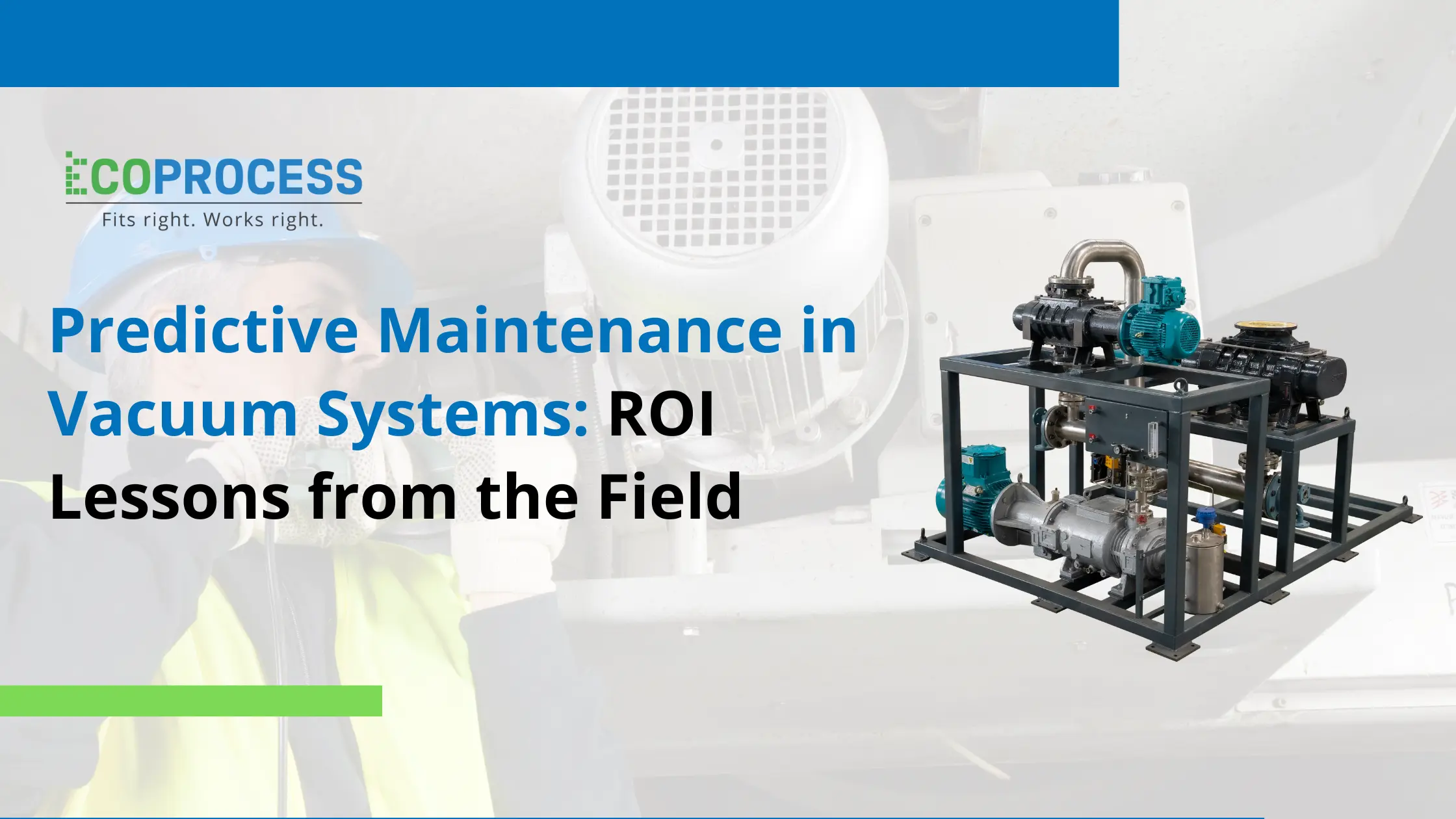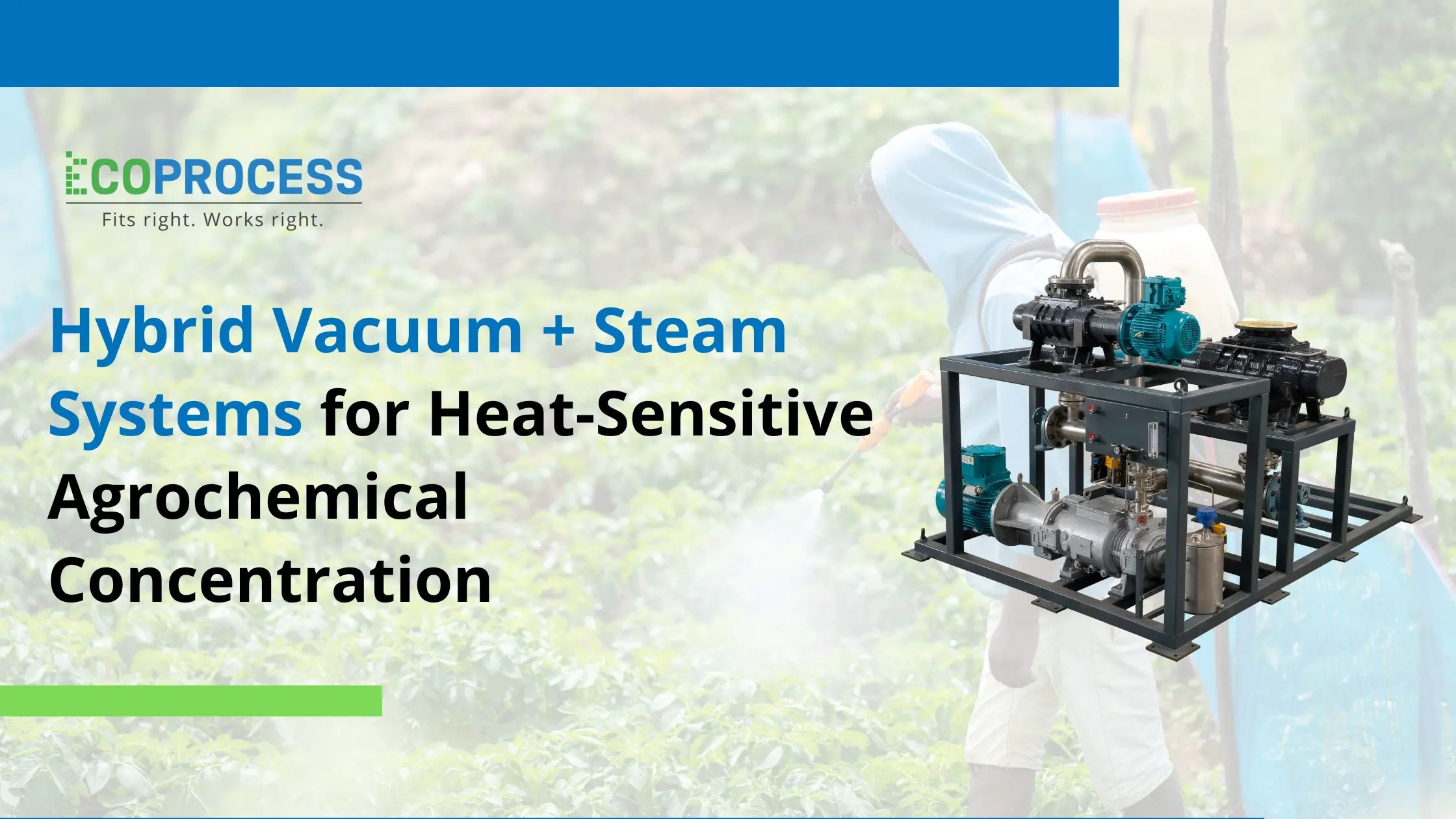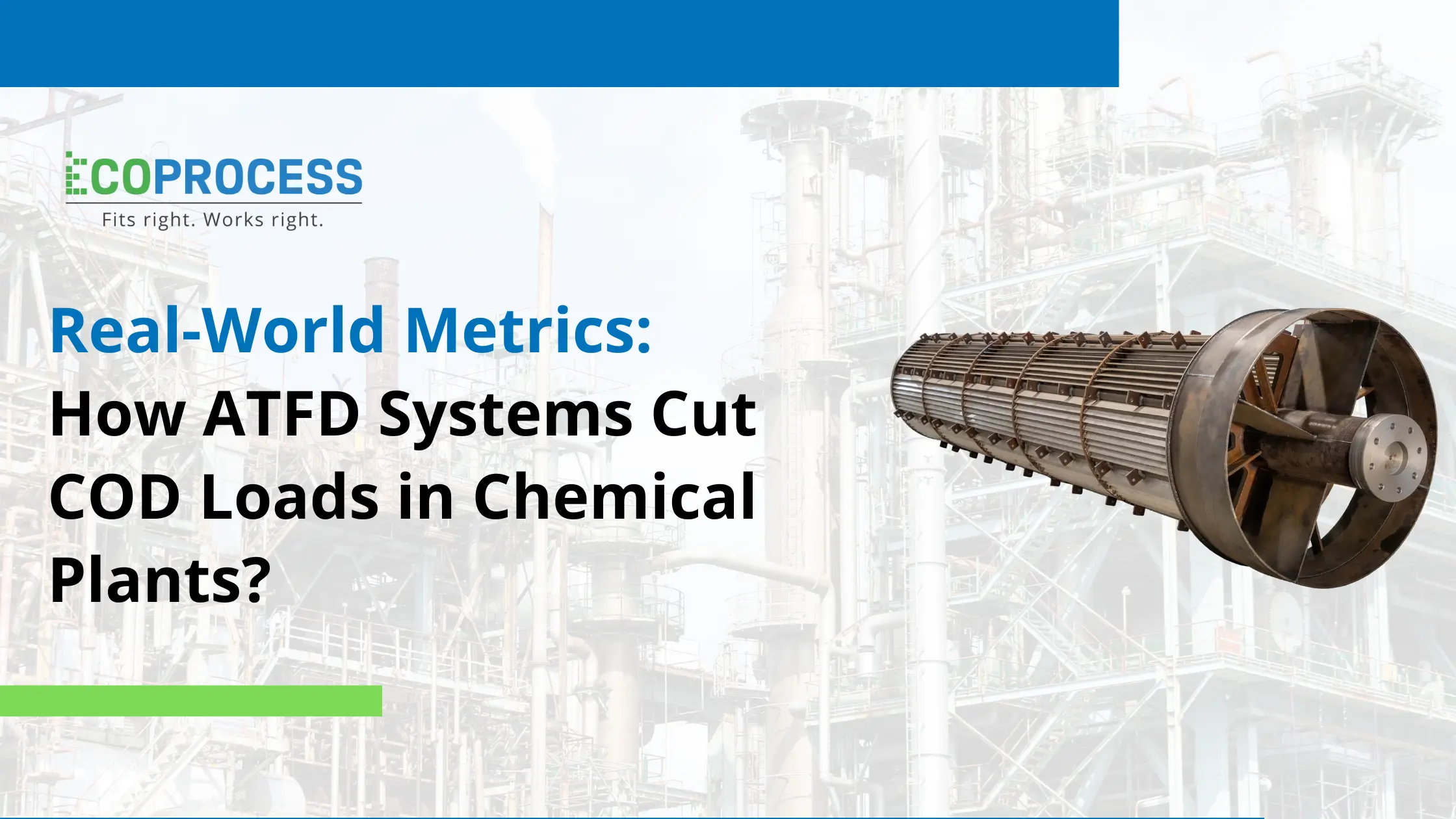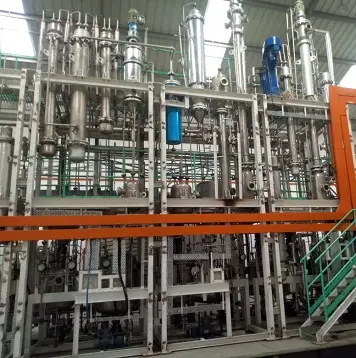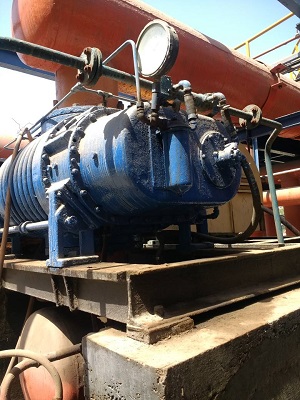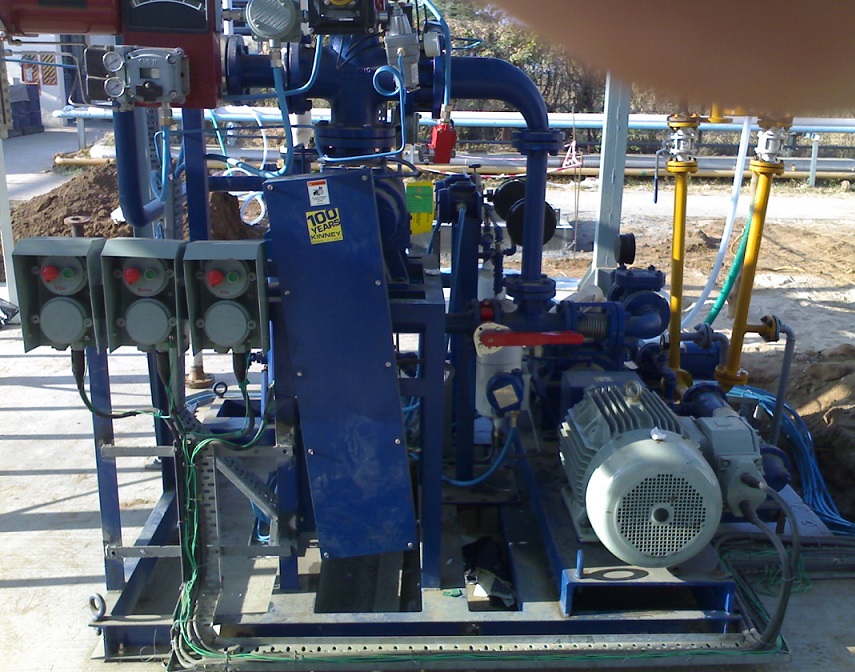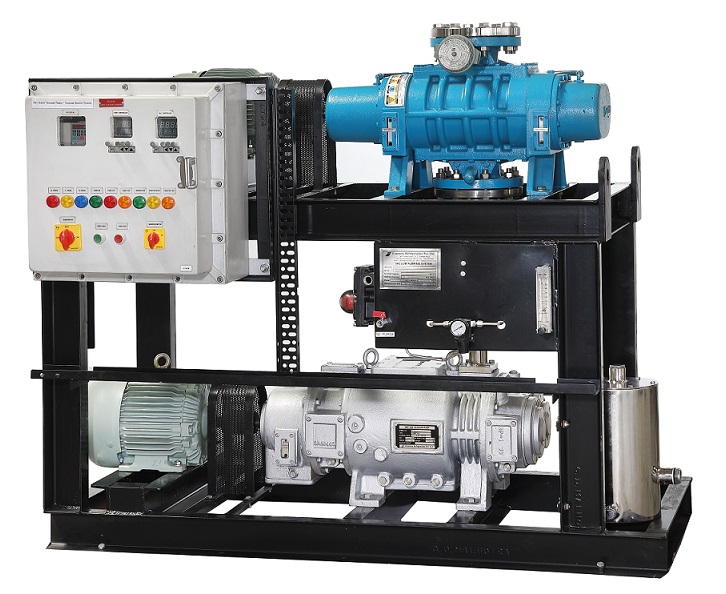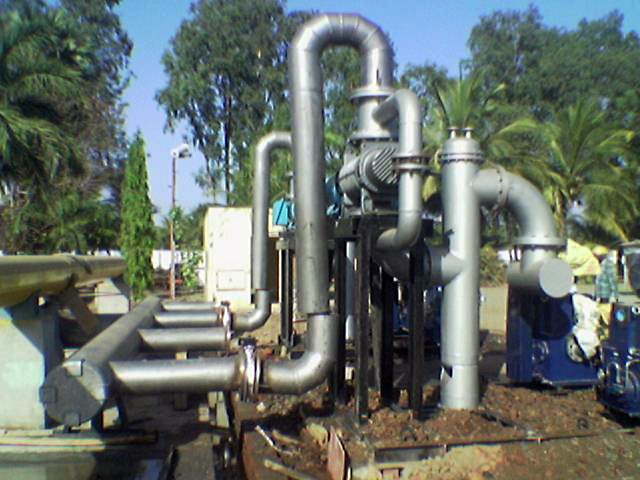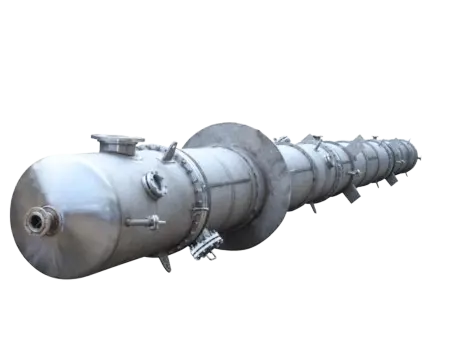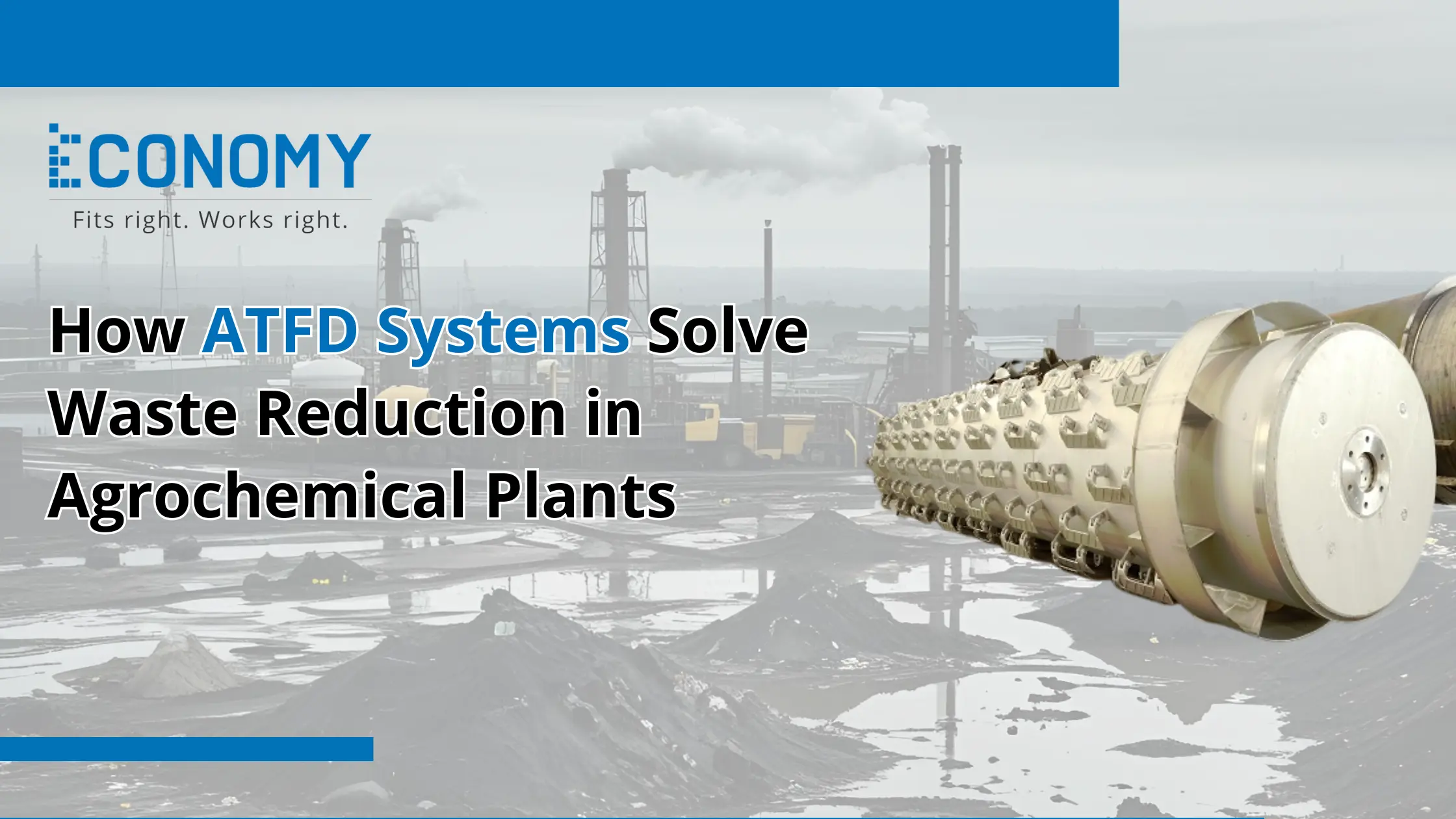
How ATFD Systems Solve Waste Reduction in Agrochemical Plants
The agrochemical industry is evolving quickly, environmental sustainability is now required instead of only being optional.
With pressures from regulations and the public's concern about pollution, agrochemical plants are required to find smarter and more eco-friendly methods for handling waste.
A robust technology that emerged in this area is the Agitated Thin Film Dryer. The top-performing system makes it possible for agrochemical companies to decrease their wastewater, recover useful extras, and meet regulations.
We’ll discuss how Agitated thin film dryer systems assist agrochemical plants in solving waste problems, beginning with the waste itself, the ways these systems work, their main advantages and stories showing how they have been successfully put into action.
The Problems of Agrochemical Waste
Pesticides, herbicides, insecticides and fertilizers are all made at agrochemical plants and are required for modern farming. Yet, all these activities cause a great deal of waste, including both hazardous and non-hazardous types.
-
Effluents with large numbers of total dissolved solids (TDS).
-
Concentrated mixtures of organic and inorganic wastes
-
Materials that are easily broken down and harmful
-
Biologically non-degradable material
Most current environmental regulations and demands for lower costs are not met by the usual waste management methods of evaporation ponds, incineration or simple filtration. These waste collection techniques may leave new waste or produce dangerous gas which harms the environment.
On top of these requirements, ZLD is being pushed in the industry, so plants are expected to recover water and cut down solid residue through the latest closed-loop systems. It is in this area that the ATFD system performs strongly.
How Anomaly Detection in Financial Data (ATFD) Systems Operate
An Agitated thin film dryer (ATFD) is made to handle and dry various materials by concentrating and drying wet solutions into powder or flakes. This is the way everything happens.
-
Introduction to Feeds
The mixture of liquid from the separator is pumped into the ATFD at all times.
-
Deposition of Ultrathin Films
A pourable tube houses a rotating agitator that sends the liquid into a thin and active layer on the inside of the heater. Such high turbulence spreads the heat evenly, so neither fouling nor scaling happens on the surface.
-
Evaporation:
The thin layer of product is heat treated from the outside using steam or hot oil, which causes the moisture to vanish quickly. The hot vapour goes through a vapour outlet into the condenser.
-
Residue Collection:
After getting rid of the water, what remains is collected from the discharge point and ready for either disposal or reuse.
The system runs either under a vacuum or atmospheric pressure, based on whether the material is corrosive or explosive and can be adapted to handle agrochemical wastes.
Provides Advantages for Agrochemicals Plants
These systems solve several major issues related to waste in agrochemical production. Let’s go over some of their advantages now.
-
Solid Waste Volume Is Being Substantially Reduced
Almost all the liquid can be converted into minimal waste management for agrochemicals with the aid of ATFDs, saving 95%. This makes it far more economical to get rid of waste and to find a place to store it.
2. Following strict compliance with the ZLD standard
With ATFDs, liquid waste is converted to dry solids, making it easier for agrochemical facilities to meet the ZLD requirement found in many countries.
3. Managing Nuisance Flow
Such systems work well for treating waste that contains toxins, has a high salt load and needs to be kept cool, all of which occur in agrochemical plants. Things that would damage regular dryers, such as clothes with hard-to-remove stains, are safe to process in an ATFD.
4. Resource Recovery
Dried solid by-products may sometimes be used again, turning what would have been waste into income. On occasion, certain inorganic salts recovered can have value as products or be employed in other kinds of chemical syntheses.
5. Energy Efficiency
Despite their excellence in performance, ATFDs are designed to support optimal heat transfer and lower energy usage, particularly when combined with a multi-effect evaporator (MEE) or a heat recovery system.
6. Space Efficient & Automated
Agrochemical plants in a vertical setup occupy less room, can be mechanized for uninterrupted use and minimize costs associated with labour and operations.
7. Safer and More Secure Offices
Because ATFDs prevent both direct and indirect contamination, safety levels in the plant are raised.
Special Successes from Various Situations
Integrating ATFD systems has brought great positive changes for many agrochemical manufacturers in India and worldwide. These situations can be seen in these two examples:
1. Gujarat is home to Indian Agrochemical Exporters
Covered by strict ZLD restrictions, a leading company in pesticide production used an ATFD of 500 kg/hr as part of their wastewater treatment. Within the first six months, the team…
-
There was a 90% lower amount of liquid waste.
-
Road salt that was recovered after melting was used for fertilizer.
-
About ₹15 lakh can be saved every year on waste management.
2. Southeast Asian Herbicide Plant
This facility treated herbicidal slurry with a high amount of organic matter. Before, the drying system often required heavy cleaning and frequent stops. Modifying it using an ATFD with unique metal for the pump and managing it with a centroidal system:
-
Improved uptime by 0.7 on the 1 to 1 scale
-
There is less sludge made in the process.
-
The company follows the agreed international wastewater regulations all the time.
We can see here that both the environment and business gain when agrochemical businesses use ATFD systems.
Conclusion
There is no doubt that keeping waste from agrochemical manufacturing sustainable is extremely important. Today, only modern approaches work because people and companies are monitored and required to be efficient. Agitated thin film dryer systems are considered groundbreaking because they offer more efficient drying of challenging effluents, cut down on waste, recover essential resources and keep operations safe.
ATFD technology allows agrochemical plants to lower their environmental impact and treat waste products as a resource. As more processed food companies join the industry, using innovative systems plays a big role in helping the industry become cleaner, greener, and more profitable.
FAQs
-
What is ATFD?
Sometimes known as the Agitated Thin Film Dryer, it takes a concentrated liquid or slurry and turns it into dry powder or flakes by evaporating moisture from a thin film.
2. Why is it important in agrochemicals?
The ATFD process treats corrosive, high-TDS and heat-sensitive agrochemical waste, makes Zero Liquid Discharge possible, reduces pollutants and supports meeting environmental regulations in agrochemical manufacturing.
3. Can it reduce disposal costs?
Indeed, ATFD decreases how much waste is created since liquids are turned into solids which cuts storage, transportation and disposal expenses and often allows for beneficial by-products to be collected.
4. How does it recover solvents?
Solvents are removed from waste by ATFD, then collected and condensed through a vapor outlet, so the solvents can be reused in industrial activities.
